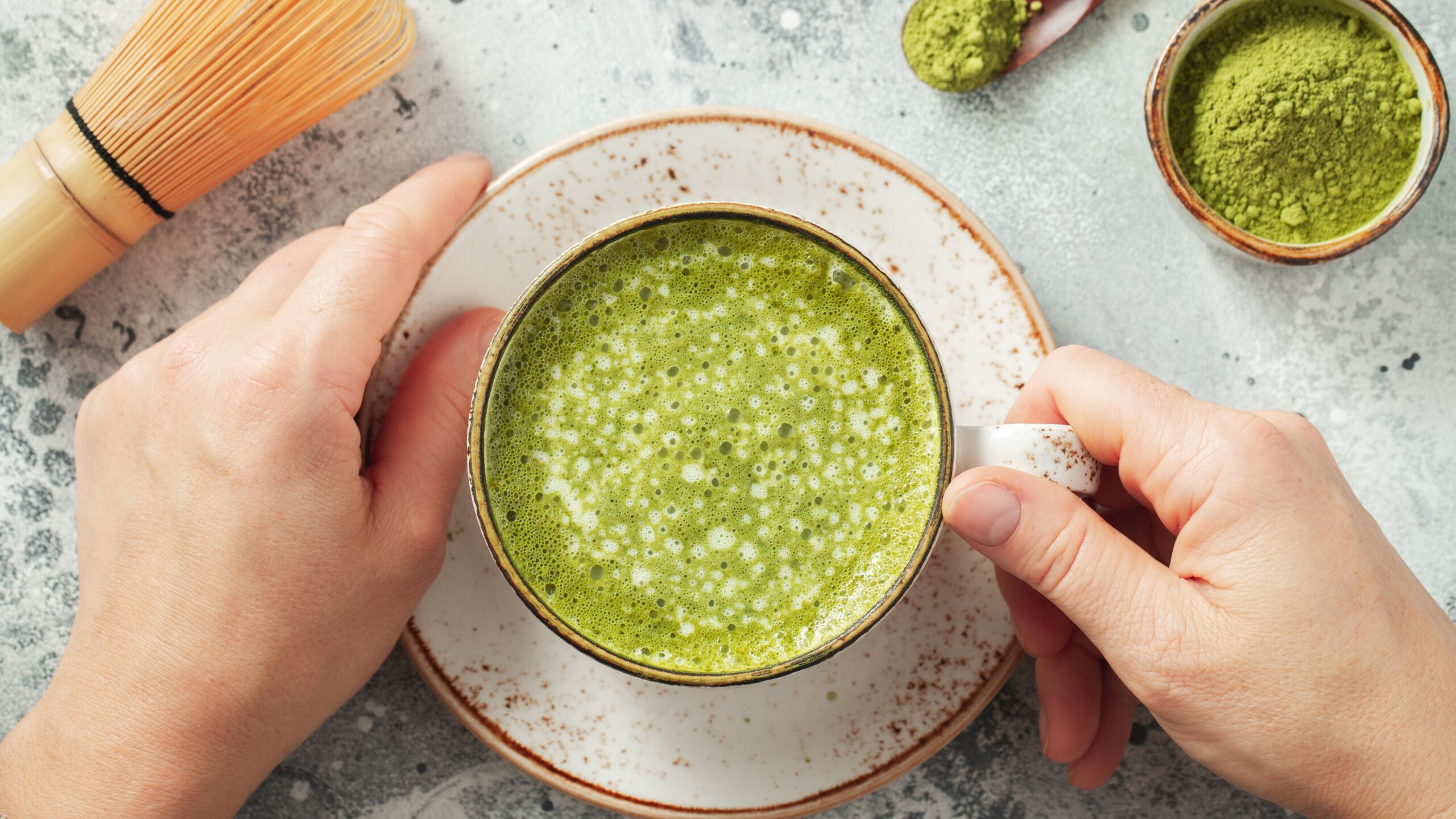With more than 7 million posts about matcha on Instagram, matcha is certainly one of the most popular superfoods which has often been raved about by nutritionists for its many health benefits. Its unique taste allows it to be enjoyed in the form of beverages and desserts. Despite its popularity and the large population of people who like matcha-flavoured edibles, few people have a basic knowledge of the vibrant green powder. So, here are five interesting facts to educate yourself about matcha.
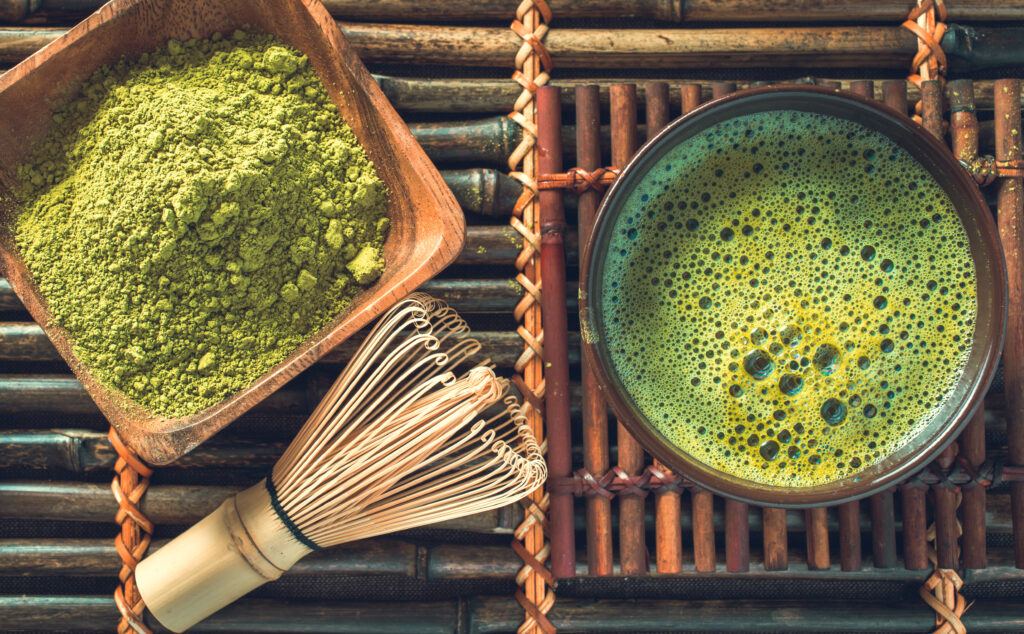
Matcha’s history goes back to the 7th century
Introduced during the Tang dynasty in China, green tea leaves were boiled and turned into bricks which were convenient to store and transport. These blocks were later powdered and consumed with water and salt. But it was only after the 10th century, this form of tea, or as we call it matcha today, started gaining worldwide popularity with a Japanese Buddhist monk named Eisai, who lived in China to learn about Zen Buddhism, introducing the tea to Japan. He sowed green tea seeds in the Kyoto region thus starting a new cultivation there.
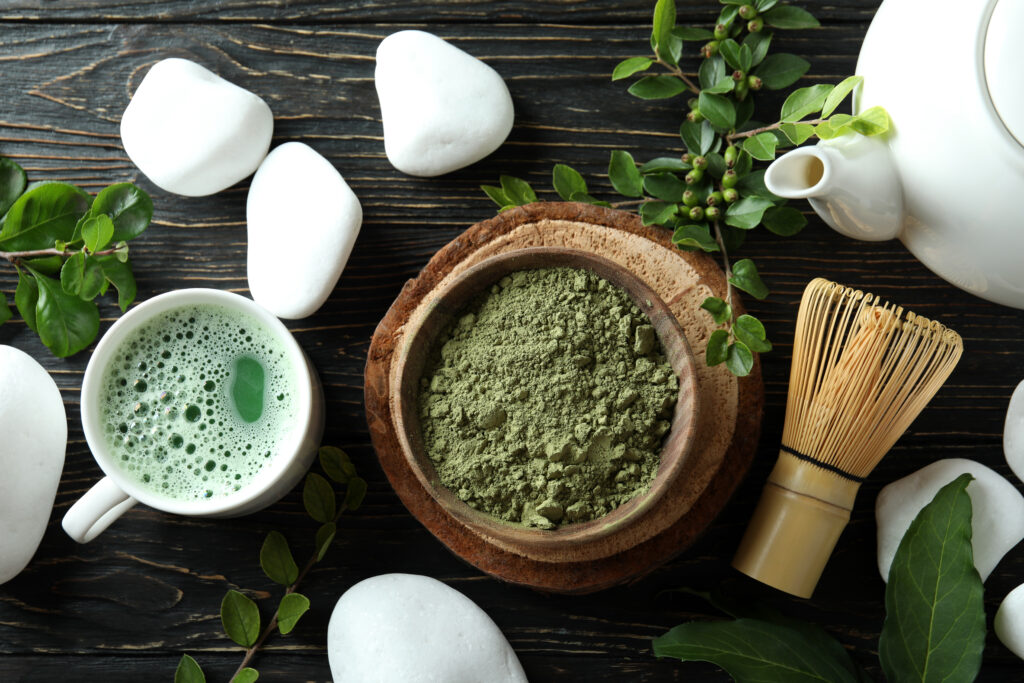
Differences between green tea and matcha stem from the cultivation
Both green tea and matcha are harvested from the tea plant which is scientifically known as the Camellia sinensis plant. However, the process by which matcha is harvested is different from the methods used to grow green tea. For starters, in order to produce the matcha, the tea plant is grown in a spot with no sunlight during the last few weeks. The leaves are then dried as quickly as possible ensuring that they don’t turn brown by coming in contact with oxygen. Following this, its veins and stems are removed so that the leaves can be ground into the powdered form which is the matcha powder.
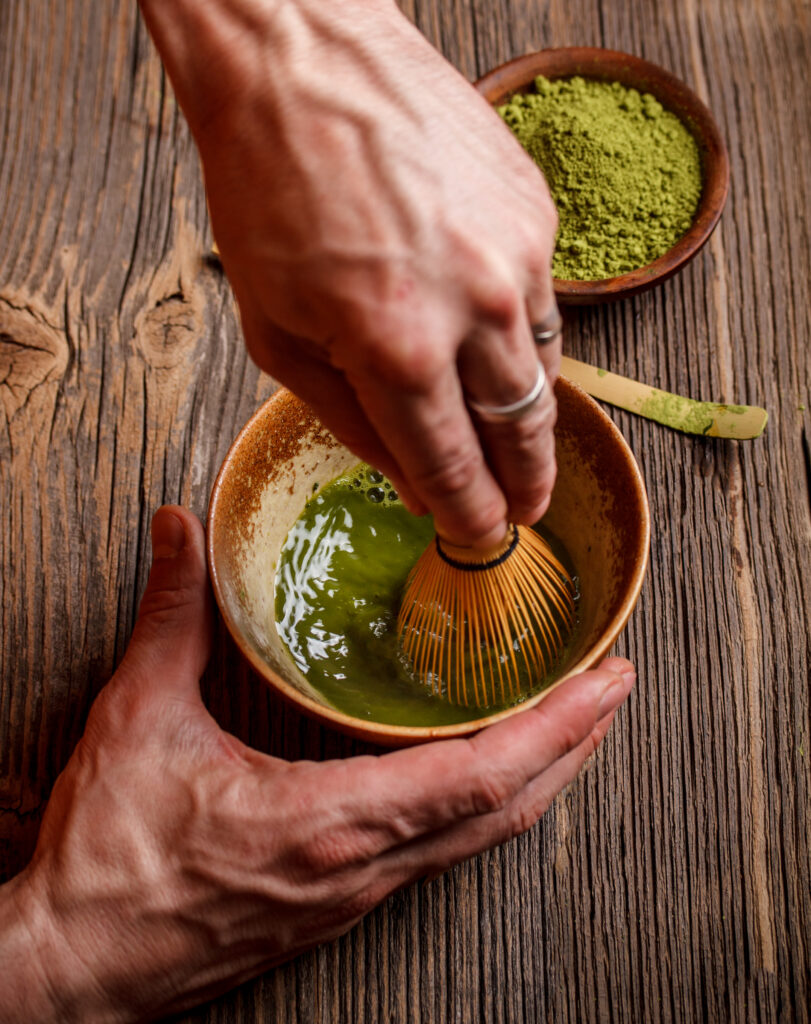
Matcha is healthier than green tea
Given that when people drink matcha tea, they are consuming the tea leaves which were pulverised, matcha tends to have more health benefits than green tea which only consists of the essence from the tea leaves. Besides, matcha gets its name as a superfood because of its numerous advantages to one’s health. To list a few: it is rich in antioxidants; it is good for the heart; it acts as a catalyst for weight loss; and it prevents cancer.
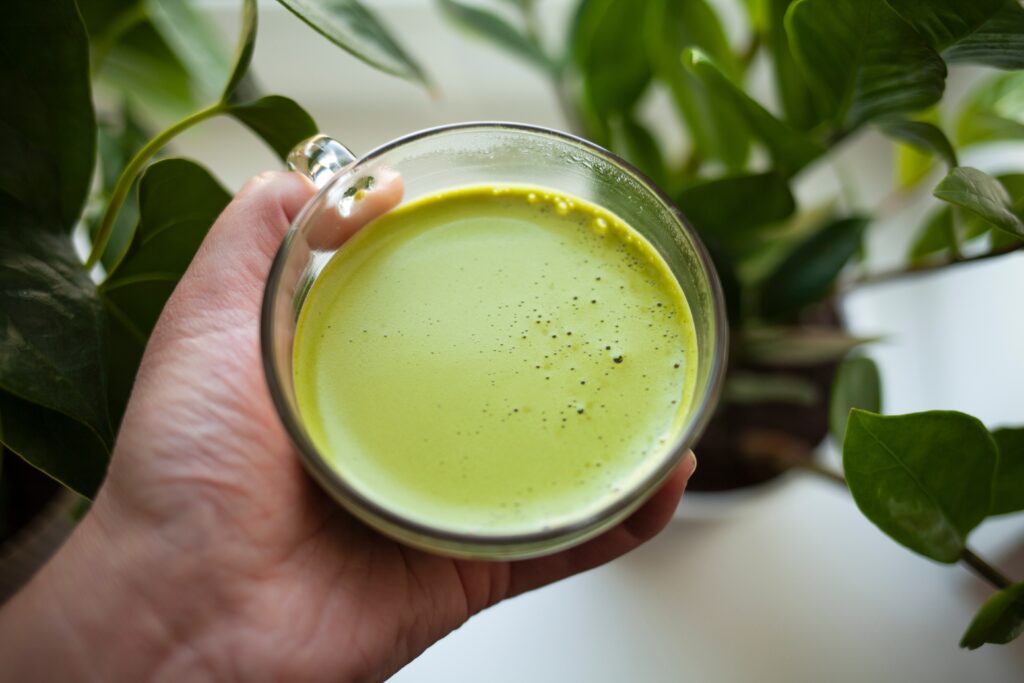
Matcha keeps you awake for a longer period of time
The caffeine content in matcha can range anywhere between 20 – 45 milligrams in one gram of matcha powder and the high-quality ones which are often referred to as ceremonial grade matcha will have about 34 milligrams of caffeine. Despite containing lesser caffeine than coffee, matcha tends to keep you alert for a longer period of time in comparison to drinking a cup of coffee. This is because matcha contains a type of amino acid which slows down the absorption of caffeine, thereby when a person drinks matcha, the caffeine in it is released gradually keeping you energised for a longer period, unlike coffee which gives you a quick spike in energy levels but also wears out quickly.
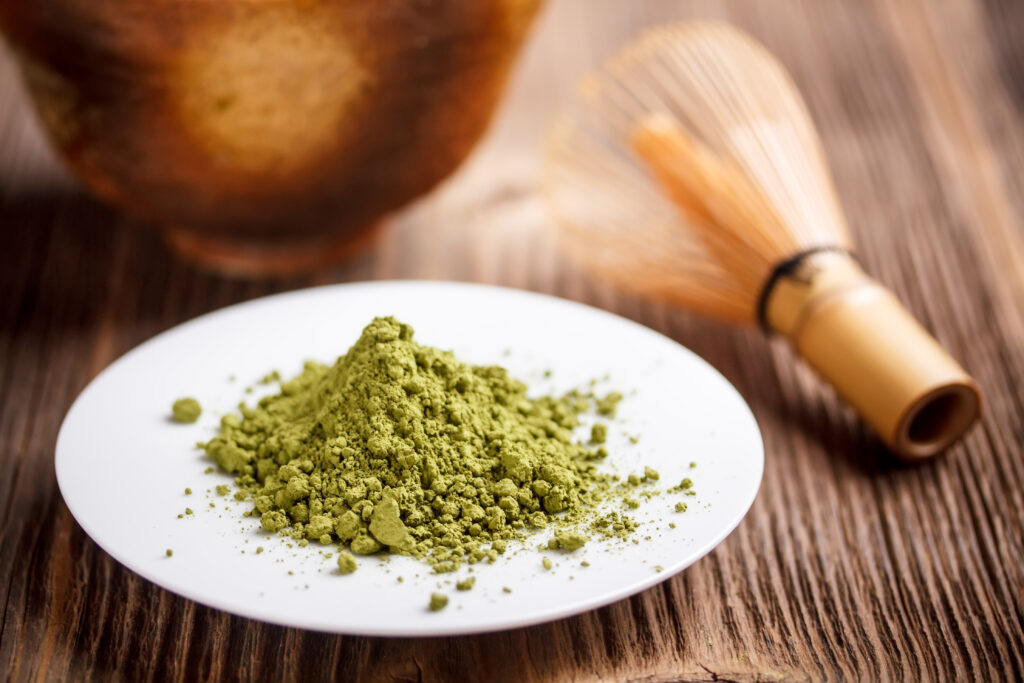
Matcha is a wonderful skincare ingredient
In addition to the benefits one can reap from drinking a cup of matcha tea, matcha is also a wonderful ingredient to include in your skincare. Today’s beauty market boasts a range of matcha-infused products like foaming cleansers, toners, face creams, masks and more. This is due to matcha’s antioxidant content which helps to fight acne and prevent ultraviolet rays from entering the skin. Matcha also increases collagen production which helps you achieve clear and supple skin.



